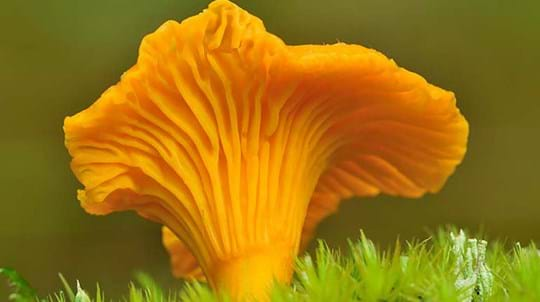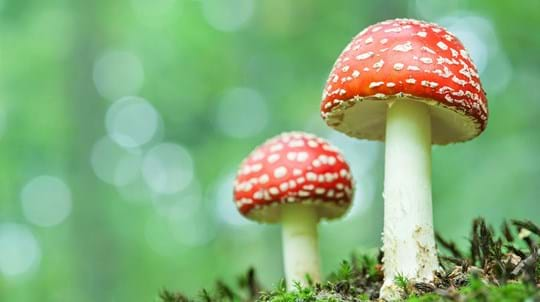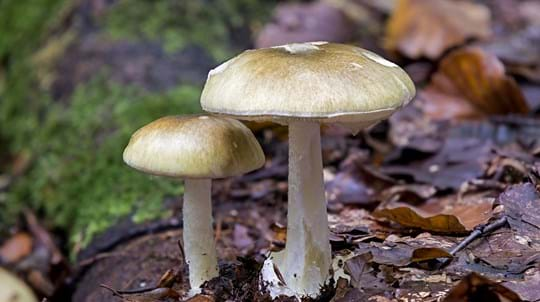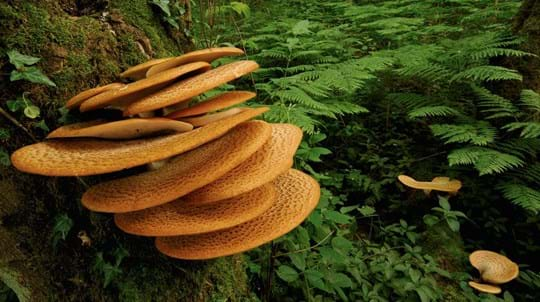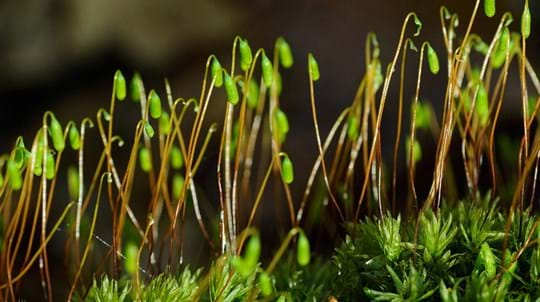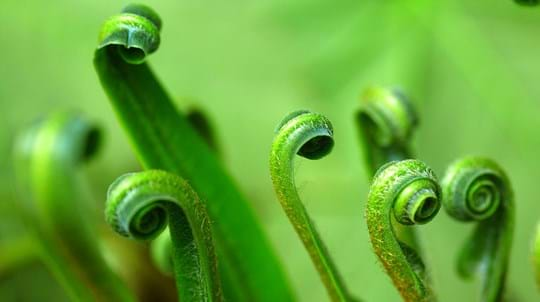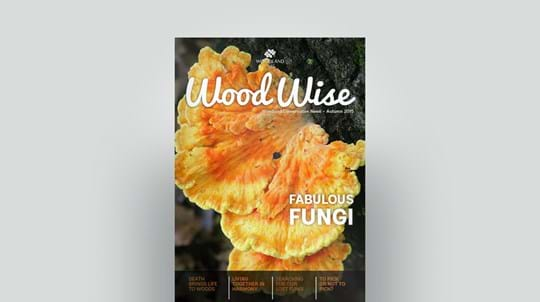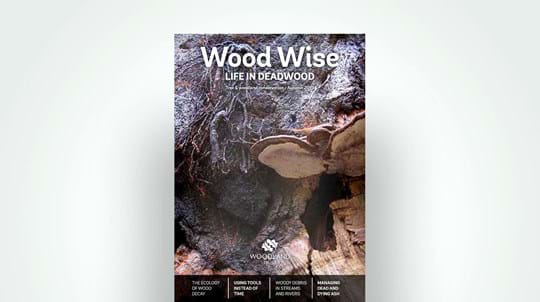
Credit: Chris O'Reilly / Alamy Stock Photo
Where to find wood blewit
Wood blewit is widespread and common in the UK, Ireland and mainland Europe and in many other parts of the world, including North America. Look for it in the leaf litter in coniferous and deciduous woodland and under hedgerows.







